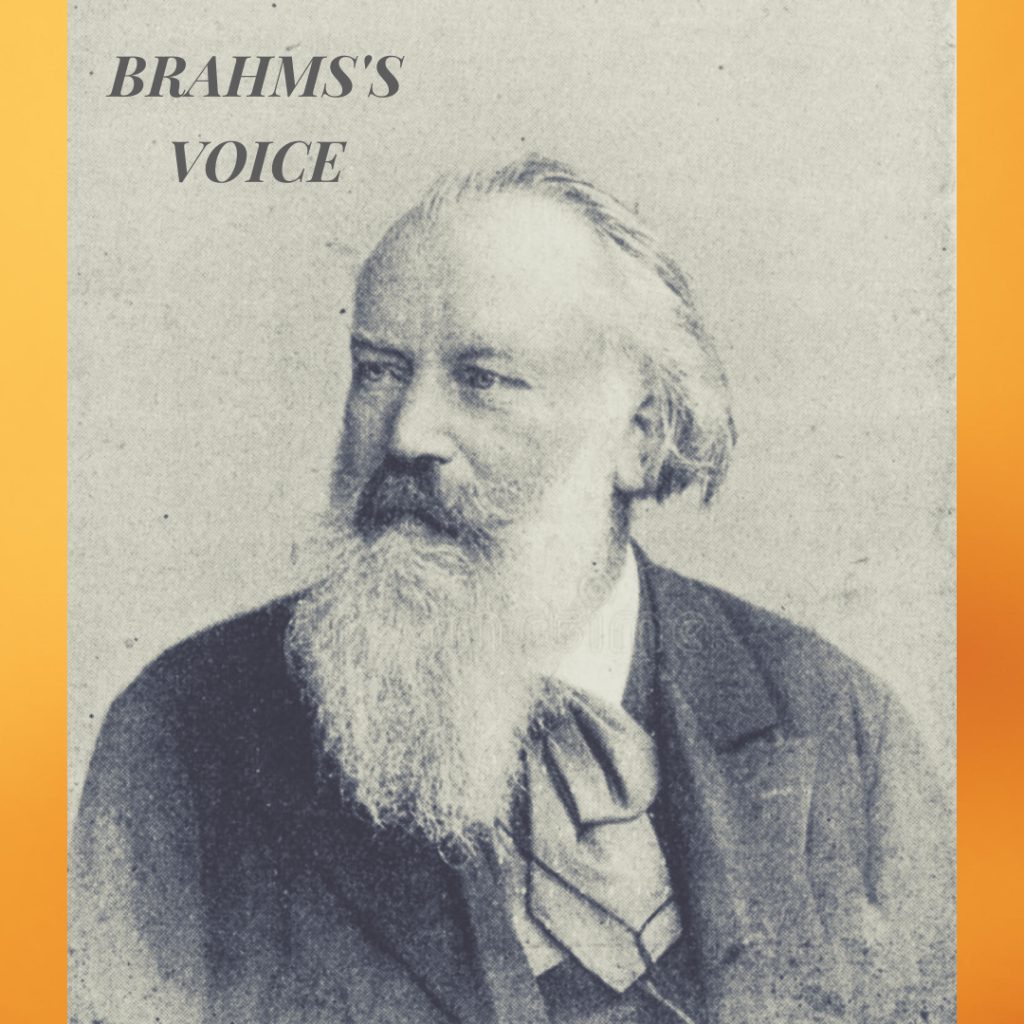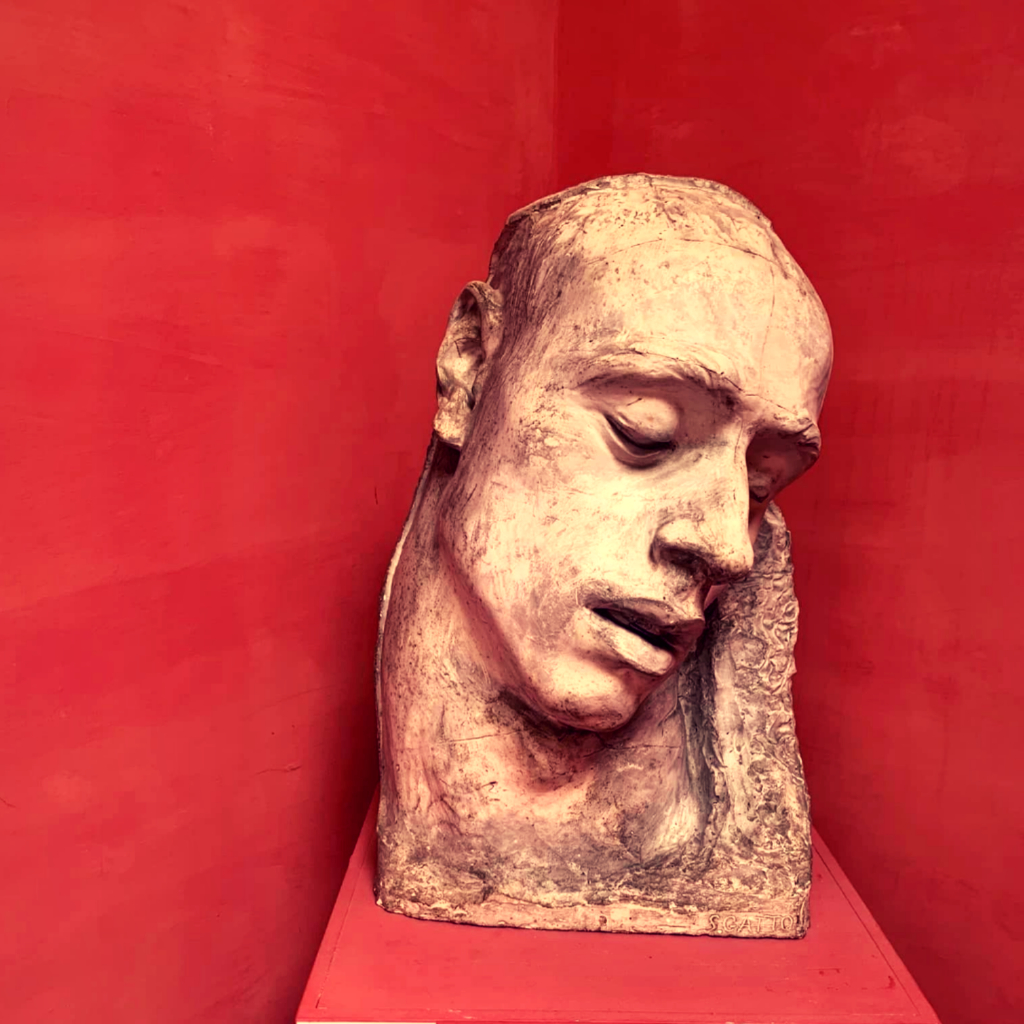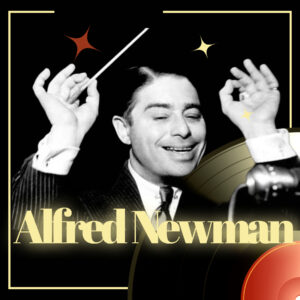
On 2 December 1889 Brahms recorded two pieces on an Edison cylinder: a short version of his Hungarian Dance no.1 and an extract from Josef Strauss’s Polka-Mazurka ‘Die Libelle’ (‘The Dragonfly’) Op.204. The voices of both Brahms and the engineer, Theo Wangemann, can be heard at the beginning of these recordings (as later documented by the son of Dr Fellinger, at whose Viennese house the recording session took place).
To help decipher the sound on these remarkable but badly damaged 1889 recordings you will hear 4 versions of each piece:
1. the original 1889 recording,
2. a modern recording of the music,
3. the original 1889 recording with reinforced melody line,
4. the original 1889 recording.
One should never forget that by actually perfecting one piece one gains and learns more than by starting or half-finishing a dozen.
In my study I can lay my hand on the Bible in the pitch dark. All truly inspired ideas come from God. The powers from which all truly great composers like Mozart, Schubert, Bach and Beethoven drew their inspirations is the same power that enabled Jesus to do his miracles.
Without craftsmanship, inspiration is a mere reed shaken in the wind.
The idea comes to me from outside of me – and is like a gift. I then take the idea and make it my own – that is where the skill lies.
Study Bach. There you will find everything.
It is not hard to compose, but what is fabulously hard is to leave the superfluous notes under the table.
Johannes Brahms



